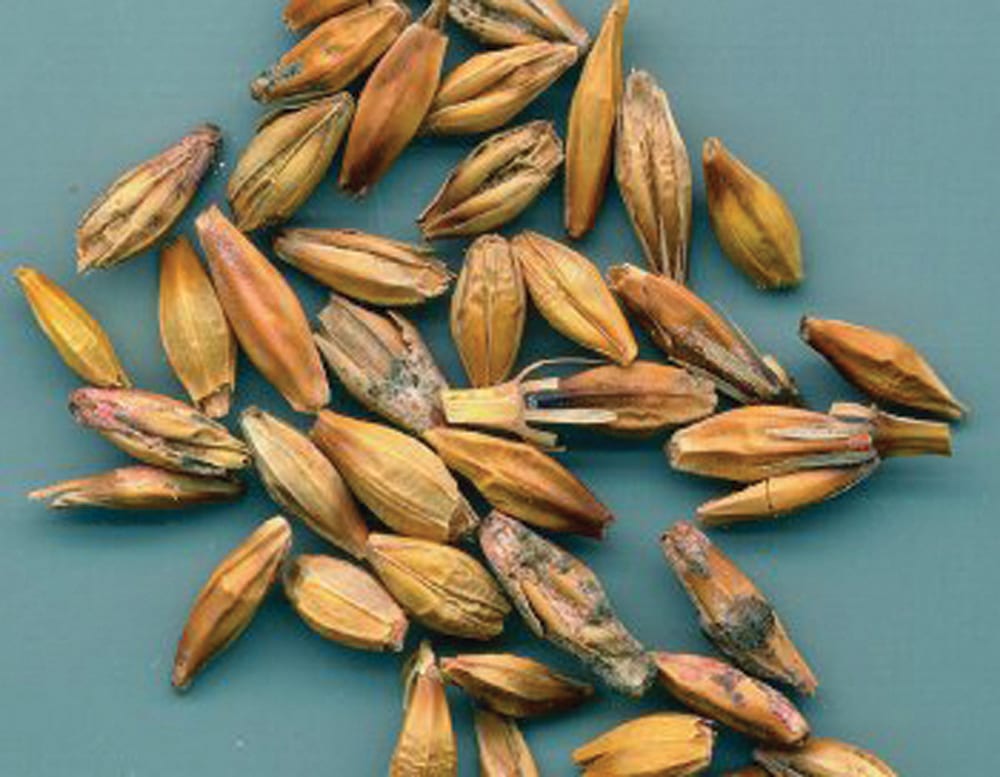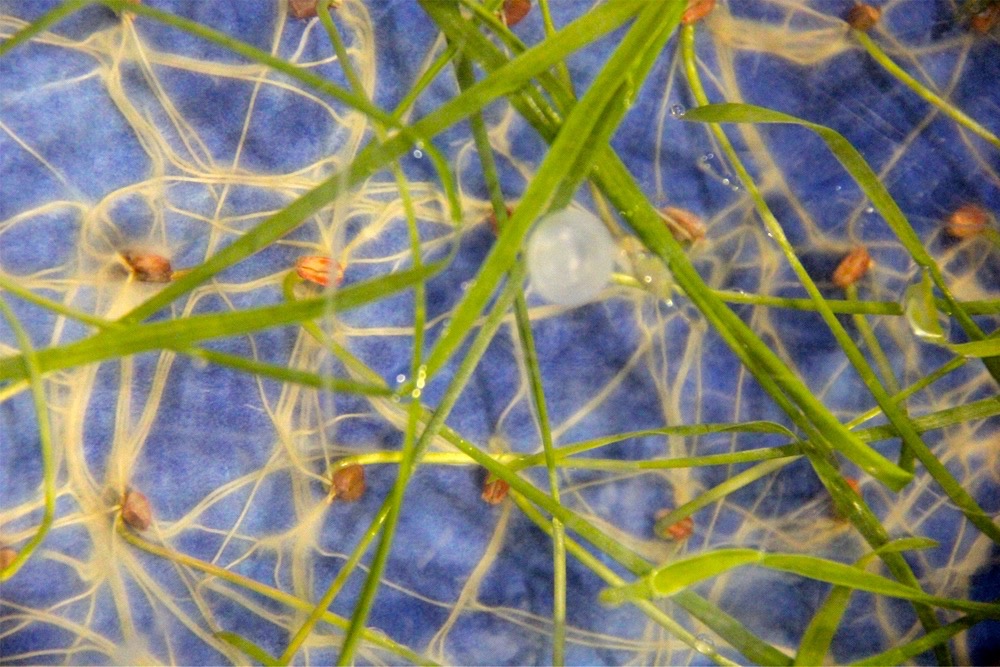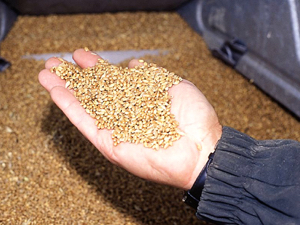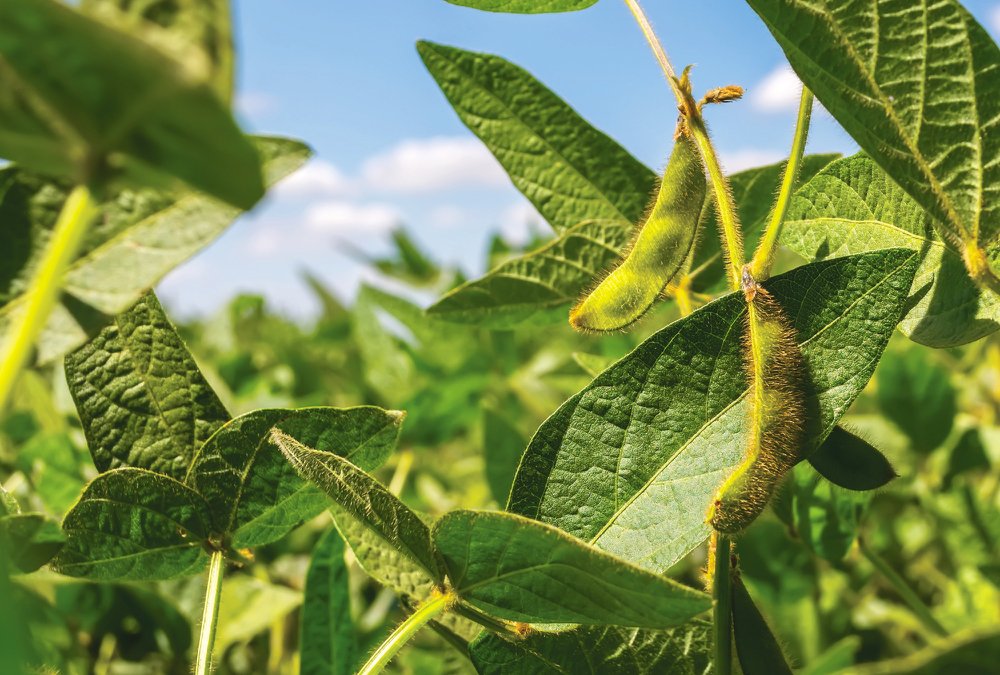New research is underway. For now, consider these four ways to reduce lodging

When it comes to lodging in spring wheat, there aren’t a lot of current resources or guidelines available to western Canadian producers, but researchers are hoping to provide some good recommendations over the next couple of years. A lot of the research into wheat lodging to date has been done in the United Kingdom, where lodging potential is much higher due to longer, and generally wetter growing seasons. But Amy Mangin, a PhD student at the University of Manitoba is analyzing data from her 2018 and 2019 trials which looked at the effectiveness of different agronomic practices on lodging in spring wheat. The project stemmed from Mangin’s previous work with Dr. Don Flaten, evaluating nitrogen fertilizer rates for spring wheat under Manitoba conditions. What came out of that project was that producers require large amounts of nitrogen to reach protein goals due to the high yield potential of these new wheat varieties, but farmers are often afraid to apply the high rates needed due to worries about lodging, especially if they have manured or other high-risk fields. “This project is looking at different agronomic strategies, so things that farmers can do themselves without waiting for new varieties to be registered and come on the market that have better lodging resistance,” says Mangin. These strategies include things like seeding rate, nitrogen application, plant growth regulators (PGR) and combinations of these practices.
1. Seeding rate

There are two types of lodging in cereals: stem and root lodging. Stem lodging is when the stem cracks, usually during drier, windy conditions which exert leverage on the plant, causing the stem to buckle and the plant to lodge. Root lodging occurs after rainfall events, or when saturated soil conditions weaken the root-soil core and the plants rotate and lodge from the base with the stem intact. “Seeding rate is going to be a huge influencer of root lodging, which is the primary type of lodging I’ve seen over the past two years,” says Mangin, “So, there are different strategies that are going to influence root lodging versus stem lodging.” Unfortunately, the two growing seasons of Mangin’s trial have been fairly dry, so there wasn’t a lot of lodging in her plots, but she has been measuring stalk strength with an experimental meter to try and calculate lodging potential. In 2018, she noticed that a lower seeding rate can help prevent lodging. “A lot of growers have been pushing seeding rates to around 35 plants per square foot compared to the recommended plant population for spring wheat of 25 to 27 plants per square foot. Bringing that seeding rate back down to the recommended seeding rate really has potential to reduce some lodging risk,” says Mangin. Plant growth regulators can shorten the stem and decrease the risk of both root and stem lodging, because lowering the crop canopy decreases the leverage on the plants. “But when you have a high seeding rate, your root-soil complex of every individual plant is quite a bit smaller because of the high density, so then it tends to lose integrity a lot faster,” says Mangin.
2. Split nitrogen applications

Mangin’s trials have compared conventional urea treatments to nitrogen treatments of a polymer-coated urea (ESN) blended with conventional urea. These trials haven’t shown any differences in terms of visual lodging or yield and protein. However, delaying some of the nitrogen may decrease lodging potential. “The idea is that by applying a portion of the nitrogen at planting and then a portion at flag leaf, you can delay or avoid having an unnecessarily dense canopy that’s going to increase the weight on the plant,” says Mangin. “With those treatments, we’re seeing a decrease in canopy size, which hasn’t led to reductions in yield or protein, but we do think there would be reductions in potential lodging risk, although I don’t have lodging numbers. We’re thinking that by delaying some of the nitrogen we can avoid those big heavy dense canopies that increase the canopy weight and pressure for lodging.”
3. Plant growth regulators

Apart from split N applications, PGR’s are the only in-season treatment that producers can use to influence lodging once the crop is growing. The problem with PGR’s is that they must be applied early in the season, at stem elongation, right after tillering (generally around the first weeks of June), when it’s still early to assess the lodging risk. “We are looking at a couple of different measurement tools at PGR timing that might be able to help us determine lodging risk,” says Mangin. “But it is so early; producers are just finished putting on their herbicide. It is an in-season tool, but the only thing you really have to look at that time in the growing season is plant stand.” As part of its 2018 and 2019 on-farm research, the Manitoba Wheat and Barley Growers conducted on-farm trials at 10 locations each year across Manitoba to quantify the impact of the plant growth regulator Manipulator 620 (chlormequat chloride) on plant height, yield and quality of spring wheat. At all the sites, the PGR was applied at the beginning of stem elongation (Growth Stage 31 to 32) at an application rate of 0.7 litres per acre. In 2018, the application of a PGR reduced height, with an average height reduction of eight cm (10 per cent untreated control). Across all locations, Manipulator application significantly increased grain yield compared to the untreated controls but only by approximately three bu./ac. Grain protein content was reduced at one location but across all locations there was no significant influence of PGR application on grain protein content.
4. Multiple strategies

A combination of different strategies appears to offer the best options and can be tailored to the specific type of lodging in a field and the factors contributing to lodging pressure in that field. “The solution to reducing lodging risk on one field may be very different than the solution on the field down the road,” says Mangin. Research from the U.K. has identified lodging risk factors that are also applicable to western Canadian production. A crumbly soil structure, high clay content, high organic matter and increased soil moisture provides less anchorage ability and increases the risk of lodging. Lodging risk is less in light soils and drought-prone fields. Seeding date, plant population and residual nitrogen levels in the field can all affect lodging, as Canadian research also shows. “We are hoping to get to the point where we can provide some practical guidelines for producers,” says Mangin. “Things like what are the environmental conditions and agronomic management practices that contribute to a high-risk lodging situation, and different strategies to help make a decision to reduce lodging risk in cereal fields across the prairies.”












